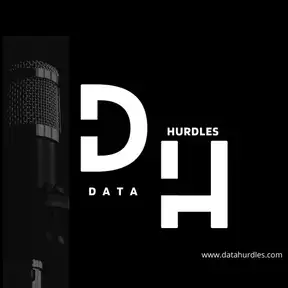Entity Resolution Enhanced with LLMs: Insights from Detzel and Burke
Download MP3In a recent conversation, Chris Detzel and Michael Burke discussed the role of large language models (LLMs), like ChatGPT, in entity resolution. Entity resolution involves identifying and linking different records and data points that refer to the same real-world entity. Traditionally, this process has relied on rules and structured methodologies. LLMs can enhance the accuracy, efficiency, and insights gained from entity resolution processes, while also addressing challenges like data quality, transparency, and model maintenance.
The Role of Large Language Models in Entity Resolution:
LLMs can improve entity resolution by:
Understanding context and relationships between data types
Processing unstructured data
Enhancing the matching process
However, LLMs can also introduce potential biases and require significant computational resources. Michael Burke emphasizes the importance of ethical considerations, including privacy and bias, when using machine learning in entity resolution.
Challenges and Best Practices:
Organizations face several challenges when implementing machine learning for entity resolution, such as interpretability, transparency, maintaining and updating models, and ensuring high-quality data. To address these challenges, Chris Detzel and Michael Burke recommend the following best practices:
Establish clear goals and success metrics for your model.
Assess data quality and availability.
Choose the right algorithms, considering factors like transparency, accountability, and explainability.
Measuring Effectiveness:
To evaluate the effectiveness of entity resolution efforts, Michael suggests having a human in the loop to spot-check the accuracy of models. Organizations should also use various strategies to evaluate and understand the quality of the model, and maintain good lines of feedback between data consumers and those responsible for running the entity resolution component.
Data Quality:
Data quality is essential for successful entity resolution, and machine learning can be used to monitor data quality and ensure the accuracy, consistency, and reliability of the information used in the models.
Machine learning and entity resolution have various real-world applications, including fraud detection and construction project management. Both of these applications require a holistic view of complex data from multiple sources, demonstrating the value of LLMs in enhancing entity resolution processes.
Large language models have the potential to significantly improve entity resolution by understanding context, processing unstructured data, and enhancing the matching process. However, organizations must carefully consider the ethical implications, data quality, and the right algorithms for their specific needs. By following best practices and measuring effectiveness, organizations can successfully implement machine learning in entity resolution and unlock valuable insights from their data.



